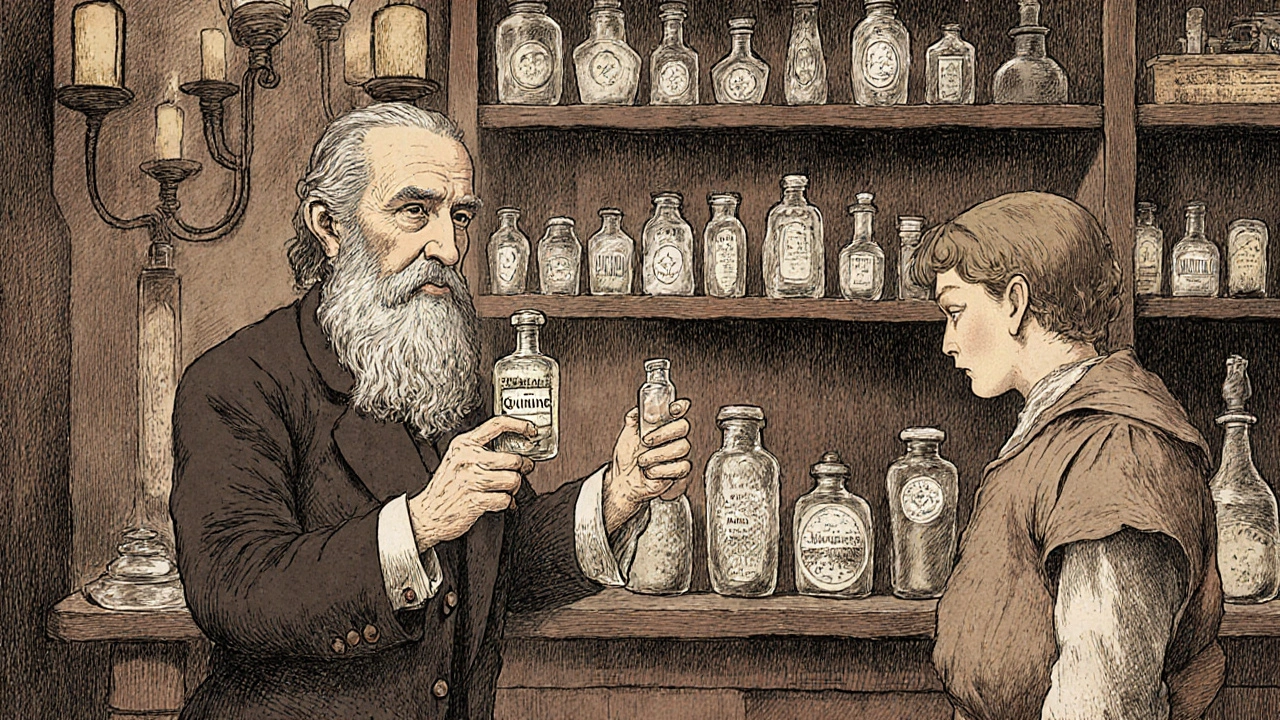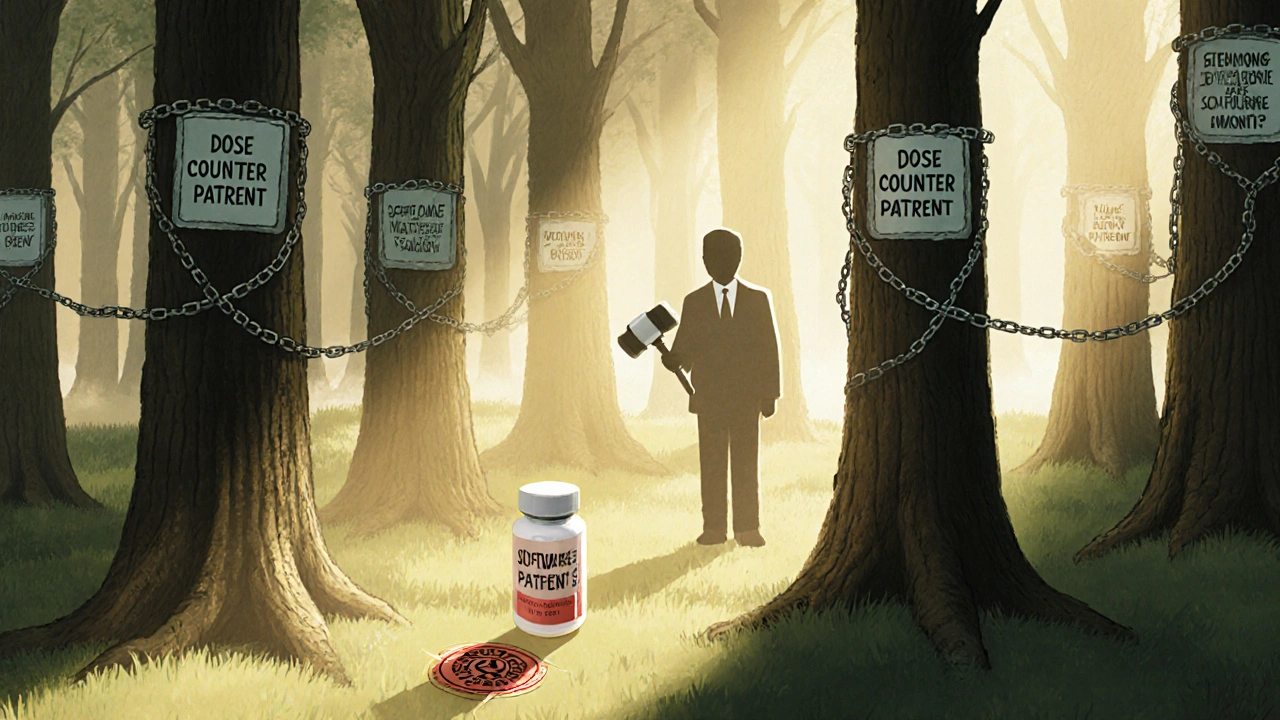Hatch-Waxman Act: How It Changed Generic Drugs and Drug Prices
When you pick up a generic pill at the pharmacy, you’re benefiting from a law passed in 1984 called the Hatch-Waxman Act, a U.S. law that created a legal pathway for generic drugs to enter the market without repeating expensive clinical trials. Also known as the Drug Price Competition and Patent Term Restoration Act, it was designed to fix a broken system where brand-name drug makers held monopolies long after their patents expired. Before this law, companies spent years and millions to prove a generic version worked the same as the brand—often without success. Hatch-Waxman changed that by letting generic makers prove bioequivalence instead, slashing approval time and cost.
This law didn’t just help generics—it also gave brand-name companies something back: the chance to extend their patent life by up to five years to make up for time lost during FDA review. That’s why you sometimes see a drug get a new patent right before its old one expires. It’s not a loophole—it’s a trade. The goal was simple: encourage innovation while making medicines affordable. And it worked. Today, nearly 9 in 10 prescriptions in the U.S. are filled with generics, saving patients and insurers over $300 billion a year.
The Hatch-Waxman Act also created the Abbreviated New Drug Application, a streamlined process that lets generic manufacturers submit data showing their drug performs the same as the brand-name version. This is why your $10 generic version of a $100 brand drug isn’t a cheap knockoff—it’s legally identical in strength, safety, and how your body uses it. The FDA still tests these generics, but they don’t need to repeat the original clinical trials. That’s the core of Hatch-Waxman: efficiency without compromise. It also introduced the concept of patent challenges, letting generic makers file a certification if they believe a brand’s patent is invalid or won’t be infringed. This led to the rise of "patent litigation" as a normal part of drug development, and sometimes, to early generic entry when courts side with the challenger.
But it’s not perfect. Some brand-name companies have used legal tactics—like making small changes to a drug to get a new patent ("evergreening")—to delay generics. These delays cost consumers billions. Still, Hatch-Waxman remains the backbone of affordable medicine in America. Without it, drugs for diabetes, high blood pressure, depression, and even antibiotics might still be out of reach for millions.
Below, you’ll find real-world guides on how drug interactions, side effects, and patient safety are shaped by the systems Hatch-Waxman helped build. From generic perception issues to how patents affect access to medicines, these posts show the law’s ripple effect—not just in labs and courtrooms, but in your medicine cabinet.
Generic drugs now make up over 90% of U.S. prescriptions but cost just 23% of total drug spending. Learn how the Hatch-Waxman Act, FDA reforms, and market forces turned generics into the backbone of affordable healthcare.
Patent litigation in generic drug markets delays affordable medicines, costing billions annually. Learn how the Hatch-Waxman Act, Orange Book listings, and pay-for-delay settlements shape access to generics.
The FDA Office of Generic Drugs ensures safe, affordable generic medications reach patients by reviewing applications, enforcing bioequivalence standards, and managing patent rules under GDUFA and Hatch-Waxman.



